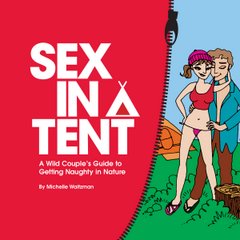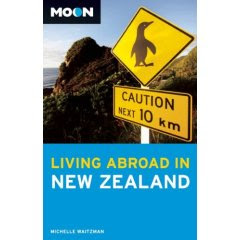
It's been a long, lazy winter for me down here in New Zealand. Sure, we've gone for the occasional "hike" on a nice, sunny day. The kind of hike where you wake up late, have a
leisurely breakfast, and hit the trail around noon for a couple of hours' strolling.
Last weekend we decided to do a proper day hike in
Kaitoke Regional Park. We hadn't been there in a while, but our last walk there was decidedly gray and drizzly. This was a much nicer day by the looks of it.
We still started at the lazy hour of 11am, with our sights on a 5-hour (plus rest stops) loop up a ridge, then down to a river valley, and along the valley back to the start via a low saddle.
Our walk began with me immediately choosing the wrong fork of the track, and descending for 25 minutes on muddy clay before we realised we'd gone the wrong way. We did this last time too. I
distinctly remembered taking the wrong track and having to backtrack. What I had forgotten was which track we took last time that was the wrong one. Hence, we took it again!
So 45 minutes and a fair bit of climbing after we began, we were back at the start of the track, heading the
right way. This time the track went very much uphill, which is helpful when you're trying to climb a ridge! Aside from a bit of mud, there wasn't much evidence of recent storms in the area. No big trees blown over or anything.
By the time we hit the turn off the ridge I was feeling like we'd accomplished the hard part of the day. I was horribly mistaken! First of all, once you descend a bit off the ridge there's another hill to climb before you even begin to head down to the river. We made it up that and started our descent. The descent is much steeper than the climb up, so I figured we'd be down to the river in a matter of 20 minutes or so. Wrong again!
Down, down, down we went. It was never-ending. My lazy quads began to whine, then shout, then turn into jelly. By the time we hit the riverbed my legs no longer felt like part of my body. They had divorced me.
At least, I figured, we now had a couple of kilometres of flat walking ahead of us before we had to cross up and over the saddle. We took a good rest before starting on our way again, assured that this part of the hike would be quite easy. No such luck.
A detour sign popped up immediately thanks to a slip by the river. Something in the dark recesses of my mind told me the detour had been there last time, but I'd forgotten about it - as you sometimes do with traumatic experiences. So instead of enjoying a stroll along a flat track, we were heading straight up the steep slope to get above the slip. Then we sidled across for a bit before going straight back down. My legs were very grumpy about this. The rest of me was not impressed either.
So half an hour later, we had made hardly any progress towards the end of the loop, but at last the walking was easier. We eventually
sweated our way up the saddle and back down to the
car park. I looked at my watch. 6pm. We'd been going for 7 hours to complete a 5 hour hike (plus a 45 minute excursion on the wrong track, plus a half-hour detour, and a couple of rest breaks.)
I was tired but feeling OK about it when we got home. What I didn't expect was that I'd spend the next three days barely able to get up or down stairs because my quads were stuffed! I mean, I knew I was a bit out of practice, but to waddle around for three days after a reasonable day hike is just pathetic! So now I see that sitting out the winter can do a lot of damage to my fitness levels. And since we've got big plans for a trek next September, I'd better be more vigilant when this summer ends!


 When you make it to the grave you can see why he chose the spot. It overlooks the town with a view to the ocean beyond. Very nice and scenic, although I'm sure being dead and encased in stone blocks the view a bit.
When you make it to the grave you can see why he chose the spot. It overlooks the town with a view to the ocean beyond. Very nice and scenic, although I'm sure being dead and encased in stone blocks the view a bit. Turning 90 degrees, you get a view over the valley towards more mountains. As you can see, there are houses and other buildings in the valley. Most of the population in Samoa lives right along the coastline, but Apia being the biggest "city" has spread inland farther than most villages.
Turning 90 degrees, you get a view over the valley towards more mountains. As you can see, there are houses and other buildings in the valley. Most of the population in Samoa lives right along the coastline, but Apia being the biggest "city" has spread inland farther than most villages.
















